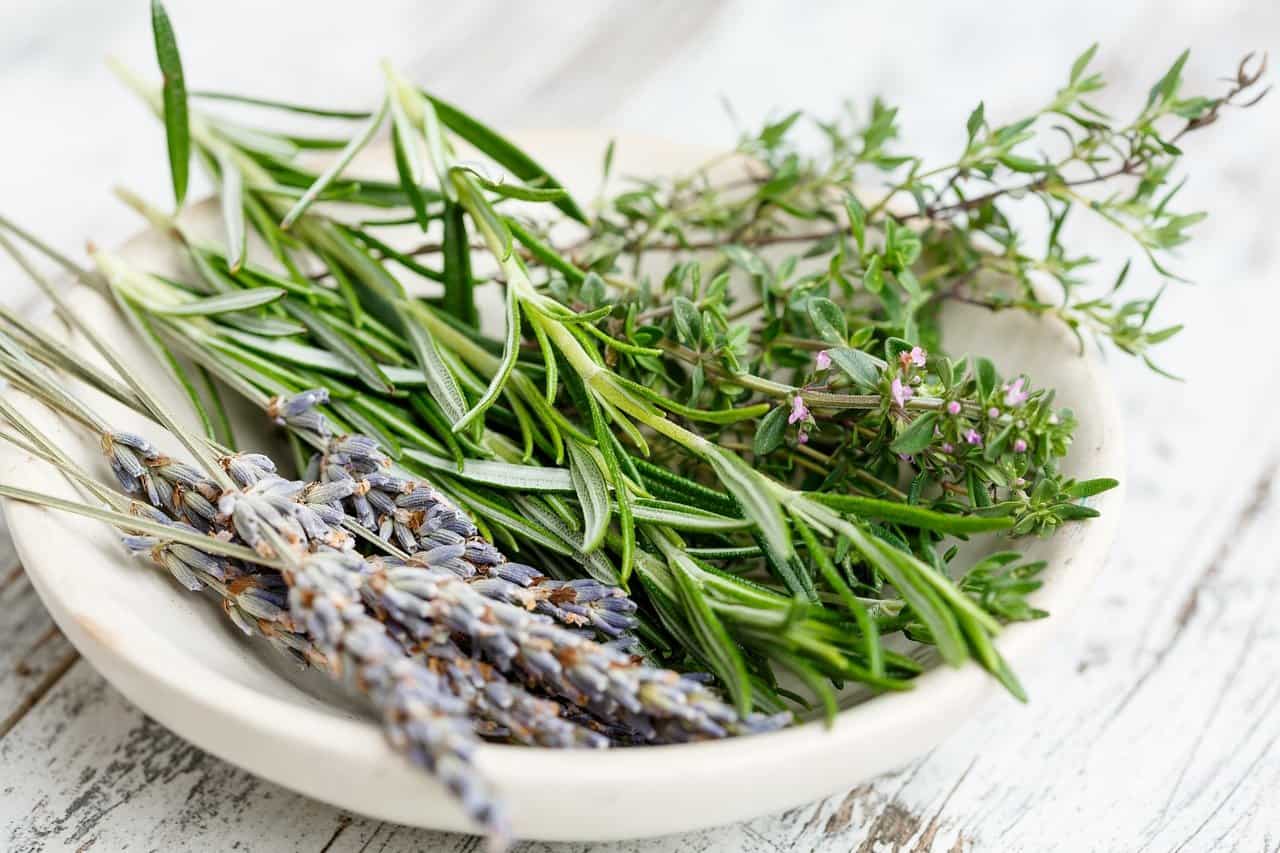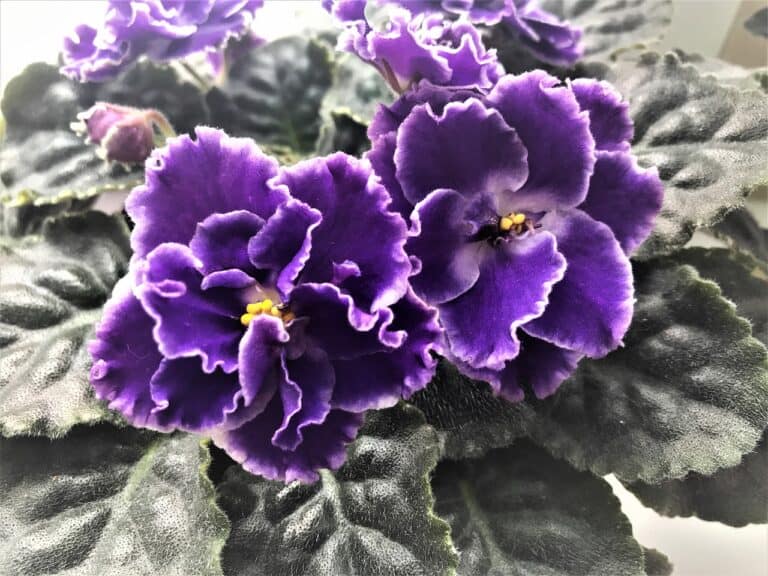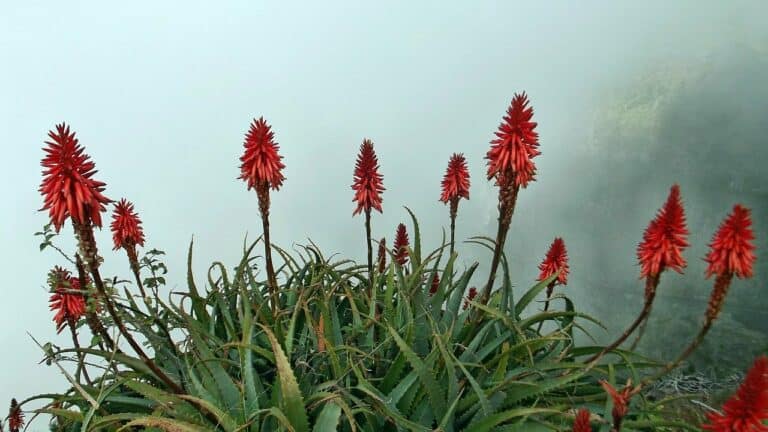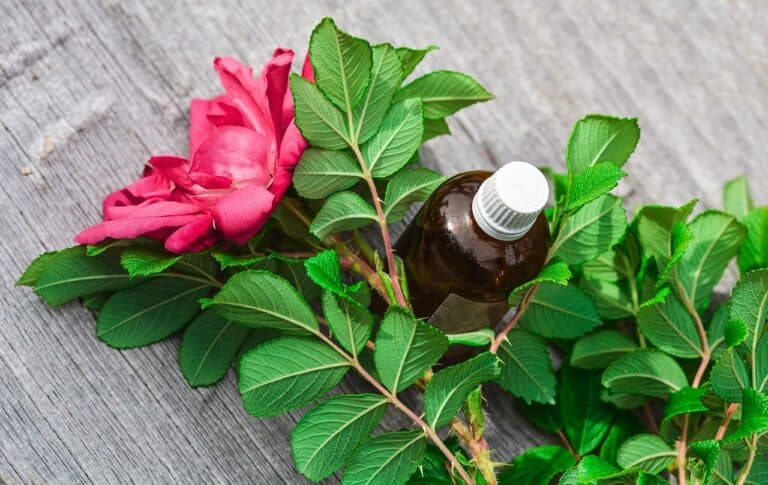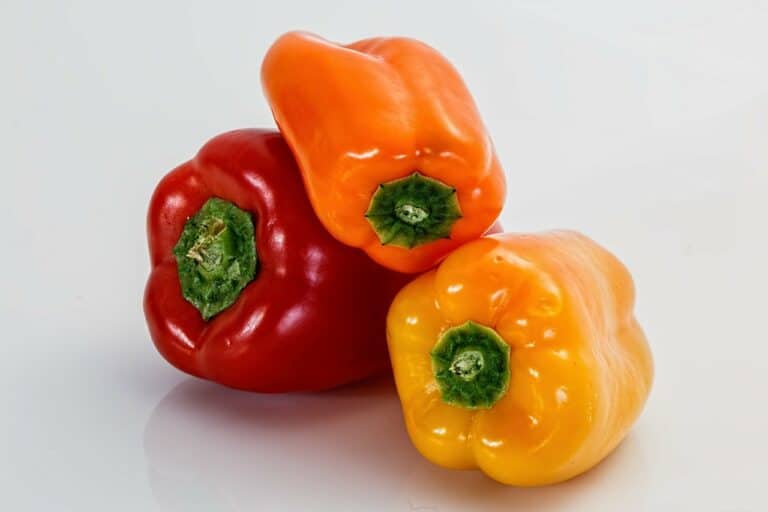|| What Are Herbs? ||
Table of Contents
How to Grow and Care for Rosemary Plants
Salvia ros Marinus, meaning sea-dew, is so-called from the plant’s liking for growing near the sea, the misty bluish color of its flowers, and the scent, fresh and clearing and reminiscent of sea breezes.
In common with other herbs native to hot regions, Rosemary has leaves coated with a volatile aromatic oil which protects the plant from the sun by limiting its moisture loss.
Rosemary is a well-known perennial shrub of the Lamiaceae family, having thin leathery gray/green leaves, Late Spring brings a plethora of blooms. It is native to the Mediterranean, and the first mention of the plant appears on cuneiform tablets from up to 5,000 years ago.
Rosemary is an herb that is part of the mint family. It is a perennial, meaning that it will come back year after year with minimal care; Rosemary is a hardy herb that can survive in a wide range of climates and is currently grown in other countries of the world, notably in the United States. England, the United States, and Australia.
Most herbaceous perennials, like Rosemary, can be started from seed sown directly in the garden in late Spring or early summer. Sow herb seeds thinly—a little goes a long way—and press them into the soil. Don’t forget to label each row with the herb’s name and the date seeded.
More often seen as a medium-sized shrub (it makes a fragrant border hedge), Rosemary was planted at Hampton Court by Henry VIII in the 16th century “so nailed to the walls to cover them entirely.
To avoid washing, use a thin spray of water. the tiny seeds away. Once large enough to handle, thin herb seedlings are spaced 6 inches (15 cm) apart in all directions; you can transplant them into another area of the garden or put them in pots. Rosemary prefers full sun and well-drained soil to thrive.
How to Plant Rosemary
When planting, water well and mulch around the base of each plant to help keep moisture in the soil. Rosemary is a drought-tolerant herb once it’s established, but during its first year or two, give it extra water during prolonged dry periods. Don’t forget to label each row with the herb’s name and the date seeded. Water gently with a fine spray to avoid washing the tiny seeds away.
Rosemary likes a sheltered, sunny position in well-drained soil and can be propagated by cuttings from non-flowering shoots during the summer.
It provides fresh leaves all year round as an evergreen, so there is no actual need to preserve it. However, it needs occasional trimming, and to avoid waste, the clippings can be dried and crumbled into jars for culinary use or added to a log fire where it will help to clear the air.
It is best to start with a small plant or cutting for planting Rosemary. We can grow Rosemary in either full sun or partial shade, and it prefers well-drained soil. But, again, it is best to start with a small plant or cutting. Once Rosemary is established, it requires very little maintenance.
A light trimming each Spring will help to keep the plant compact and prevent it from getting leggy. With a bit of care, Rosemary will thrive for many years. Once Rosemary is established, it requires very little maintenance. Rosemary can be grown indoors or outdoors, and it prefers full sun and well-drained soil.
When growing Rosemary indoors, water it regularly and give it plenty of sunlight. You can propagate Rosemary by taking stem cuttings from an existing plant and planting them in soil. Once Rosemary has been grown, it does not require much care beyond occasional watering and pruning.
Rosemary herb looks like a small evergreen bush and has small leaves. The herb grows up to two feet tall and four feet wide. It has long, green needles and produces small, white, pink, purple, or blue flowers.
Many people think of herb gardens as a strictly culinary endeavor, but herbs can also be beautiful and fragrant additions to any garden. Rosemary is a perfect example of a valuable and beautiful herb.
Legend has it that Rosemary will grow no taller than Jesus was when He was on Earth and that when a plant reaches his earthly age – 30 – it will produce no taller, only wider. It can go over 7-8 feet.
The French people used to burn Rosemary in hospitals during epidemics, and Culpepper recommended burning it in houses and chambers to “correcteth the air” and “taken in a pipe as tobacco.”
Rosemary has a long history as a preservative and cleanser. It has always been used to preserve meat, although possibly the original intention was to disguise the smell of over-ripe products.
Traces have been found in Egyptian tombs where it was probably an ingredient of embalming fluid, its purpose being two-fold: to preserve the flesh and, if the Egyptians believed as the Greeks and Romans, as a symbol of regeneration, giving peace to the dead but also comfort to the living.
The Greeks and Romans burned rosemary incense to ward off evil spirits, and the Moors planted it in orchards to ward off pests.
The Romans probably introduced Rosemary to Britain, although there was no reputable record until the 8th century. It appears in herbal texts from the 1300s on, with instructions for culinary and medical practices. More recent records from the late 17th century tell of gardens in Salem, Plymouth, and Charleston in the USA being planted with, among others, Rosemary grown from European seeds.
Rosemary Herb Is Used In Cooking As a Flavoring Agent.
Rosemary has several culinary and medicinal uses. The herb is often used to flavor roasted meats and vegetables. Besides its culinary uses, it is also a popular ingredient in soups, stews, and sauces.
Rosemary is a fragrant herb that is commonly used in cooking. Its sharp, slightly minty flavor pairs well with many dishes.
We can use Rosemary in several ways in cooking; it can be chopped and added to salads or soup and can be used as a seasoning for chicken, fish, or vegetables. It can also be used to flavor bread or pizzas. We can also use Rosemary in baking.
For example, we can add it to shortbread cookies or fruit pies. When roasting meat or vegetables, we can use Rosemary as a flavorful garnish. Rosemary is a versatile herb that may be used in a variety of dishes. many ways to add flavor to a dish.
Fresh Rosemary adds a delicious flavor to many dishes, and it can be used in a variety of cooking methods. For a simple dish, try roasting chicken with Rosemary. The herb releases its aroma when it comes in contact with heat, infusing the meat with flavor.
If you’re looking for something sweet, we’ve got something for you. also use Rosemary in baking. Try adding a sprig to your favorite cake or cookie recipe for a subtle yet distinct flavor. It can be used in any way you like. Rosemary is a versatile herb that can enhance the flavor of many dishes.
Once large enough to handle, snip off sprigs of Rosemary as needed for cooking; this will also keep the plant bushy. Try not to take over one-third of the plant at any one time. Once herb plants have flowered, cut all the stems by about one-half to encourage recent growth.
Rosemary Essential Oil
This essential oil is extracted by distillation, and this could be done quickly by taking “…a quantity of the flowers and put them into a strong glass closely stopped, tie a fine linen cloth over the mouth, and turn the mouth down into another strong glass, which being set in the sun, and oil will distill down into the lower glass…” according to Nicholas Culpepper (1616-1664) the English botanist, herbalist and physician, and author of Culpeper’s Complete Herbal.


